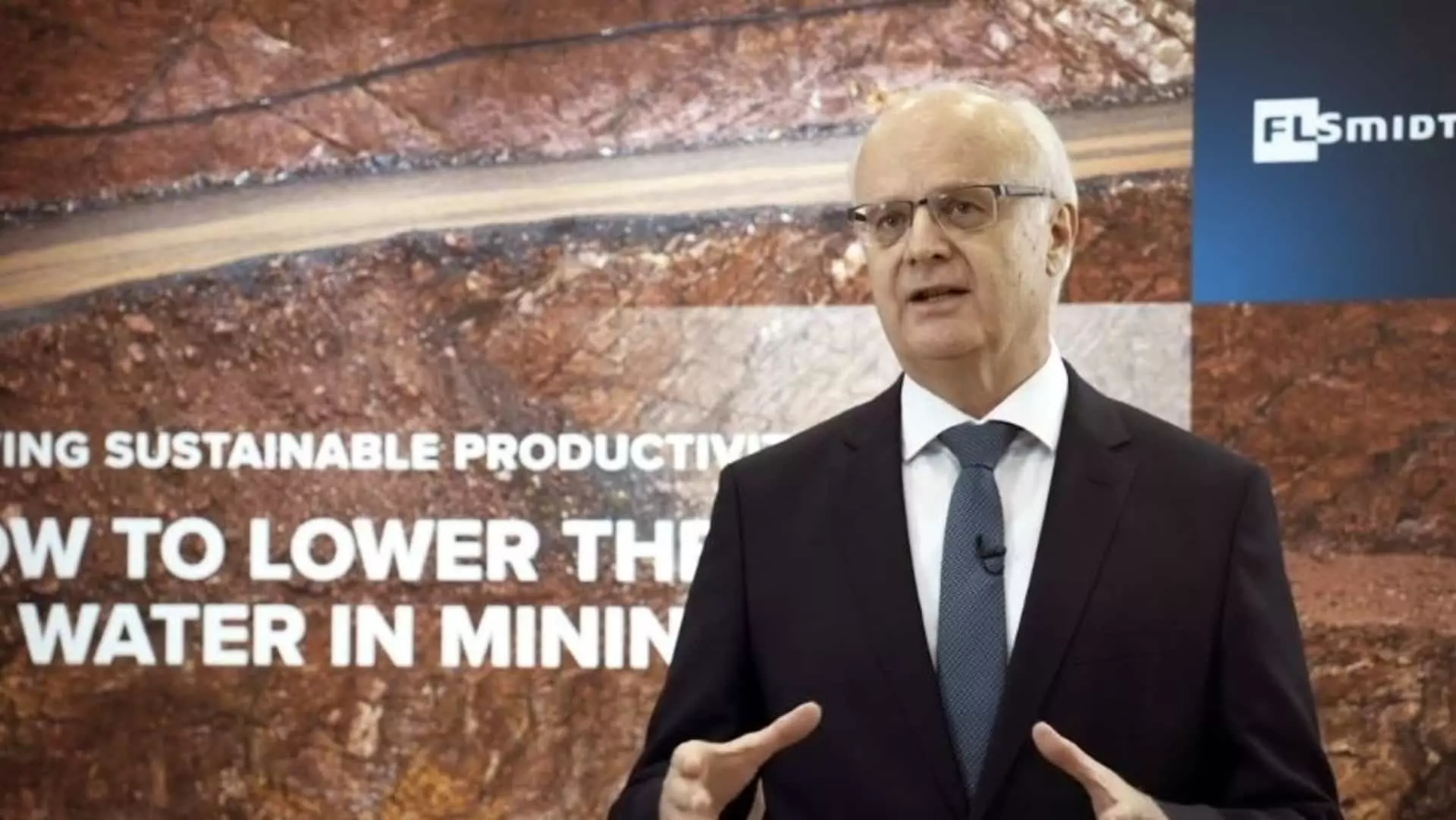When we examine the market drivers of battery mineral demand, electrical vehicles (EVs) are clearly out in front. Half of the world’s 211,000 tonnes of lithium carbonate equivalent (LCE) used in 2017 was accounted for by electric cars and by 2027, that figure is expected to be 90% of 1,265,000 tonnes, according to the Australian Department of Industry, Innovation and Science (DIIS). Electric vehicles need large batteries and rising demand in this area is expected to create large markets for battery-grade lithium for the foreseeable future.
And while lithium and cobalt have commanded the most coverage, vanadium, graphite and rare earth minerals are also attracting an increasing amount of attention due to their uses in battery power and storage. Not to be outdone, both nickel and copper are also powering up, with electric vehicles expected to contain around four times as much copper as vehicles with combustion–powered engines.
Before the COVID-19 impact, the market witnessed something of a surge followed by a levelling off in the price of several nonferrous metals and minerals used in Li-ion batteries, such as lithium, cobalt, nickel and manganese. But whatever the price fluctuations, the demand is certain to continue, which means the mining industry must overcome certain challenges and barriers quickly if it is to meet this growing need.
The challenges in responding to new demand and making the most of the new opportunities
Like in any area of fast growth and a near-constant flow of new operations, skills, knowledge and experience quickly become hard to come by. The complexity of the extraction involved is often high, which only adds to the challenge. This obstacle is not easily overcome. But as a starting point, mining operators should carefully choose a partner that can bring experience and skills to the table, is willing to collaborate and co-create innovative solutions and leverage the most relevant benefits from digitalization and data.
A further challenge is environmental. With many of the final products that contain battery minerals reaching a woke consumer market, ethical and environmental practices and sourcing are never far from the consumer’s mind or, indeed, the media. And while cobalt continues to grab headlines, it is not the only mineral that causes disquiet. The extraction of nickel, for instance, comes at an environmental cost with water pollution and sulphur dioxide emissions big concerns, while lithium creates sodium sulphate as a by-product, as well as significant tailings.
Adopting a more sustainable, long-term approach
Again, these challenges must be addressed in a forthright manner: How can mining move quickly to take advantage of the current demand surge and do so in an ethically sound and environmentally aware manner? The answer is complex, it requires courage and new ways of thinking – and it requires working together with new and old partners that understand these issues and who will find the best way forward so you can grab this opportunity quickly and with the minimum of risk.
When it comes to meeting the environmental requisites, for instance, there is a growing recognition that to meet the needs of a decarbonised, clean-energy future, we will have to extract more minerals. It is that simple. These will go into the building of wind farms, solar panels and, of course, to store this green energy.
We launched our MissionZero programme in late 2019 with the goal of delivering sustainable solutions to the mining industry, so our customers could move towards zero-emission mining by 2030. Central to this will be solutions and equipment we already offer the market - but it will also require the development of new solutions and higher adoption of cleaner products and processes. Only in this way can we supply the minerals needed for the battery revolution in a sustainable and clean manner.
